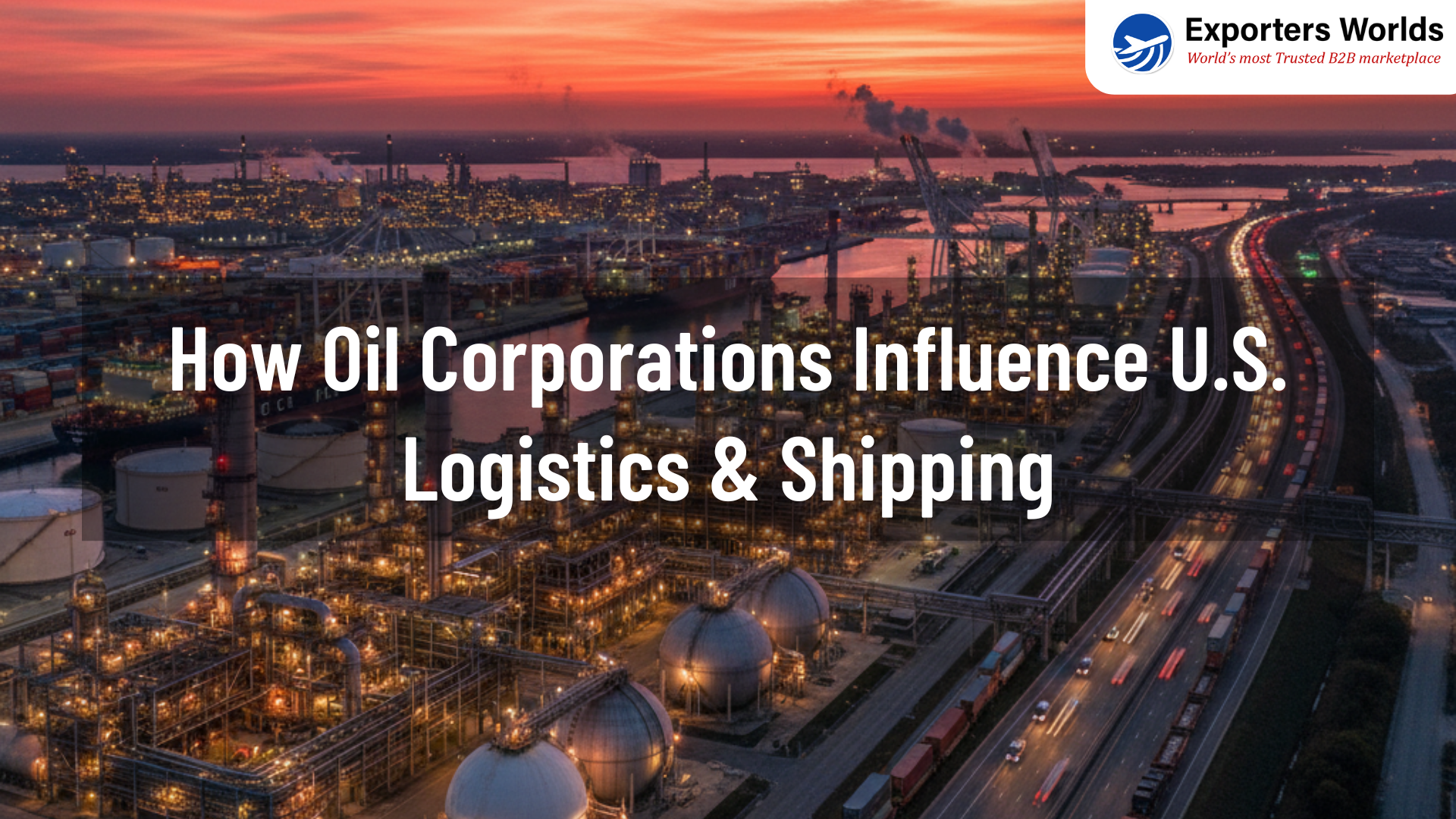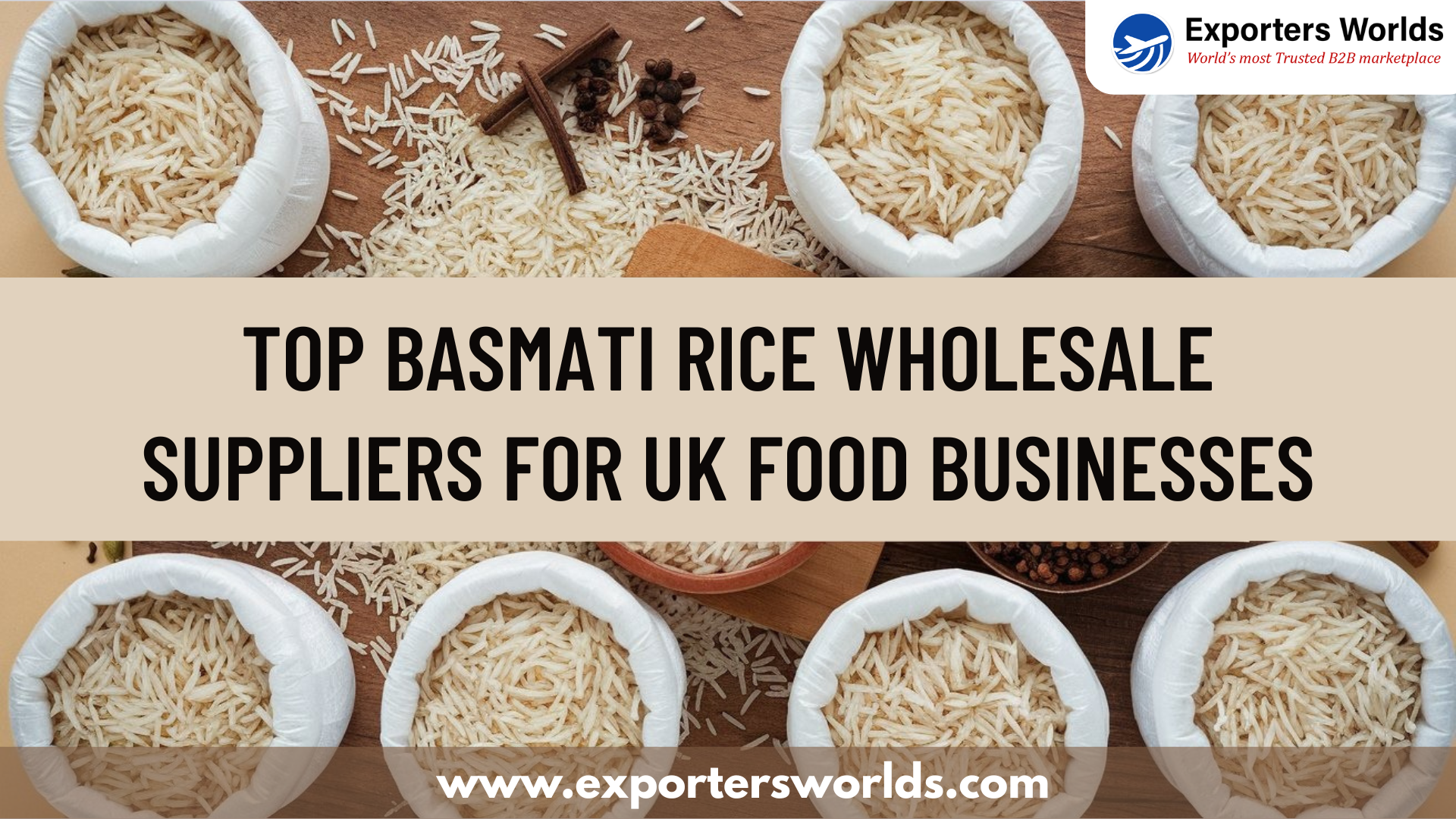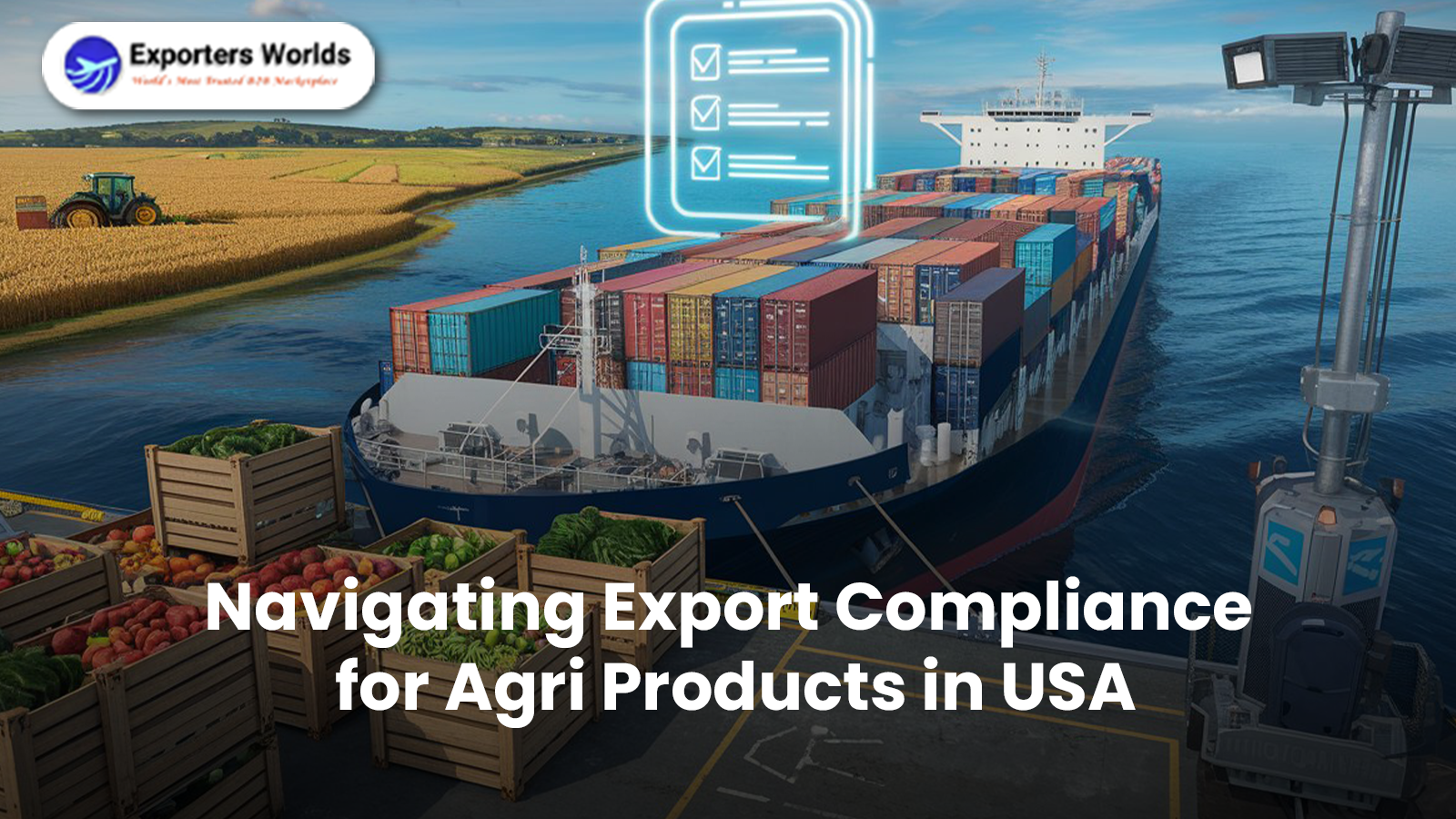7 Best Chinese Marketplaces to Buy & Sell in 2025- Avoid Costly Mistakes

There’s something almost universal about that moment.
You open the delivery.
You expected a high-quality prototype.
What you got? A flimsy copy. Wrong specs. Wrong material. Wrong everything.
But worse—there’s no one to talk to. No resolution. No next steps. Just emails lost in translation, and a sinking feeling in your gut.
This isn’t rare.
This is the hidden price thousands pay every year by choosing the wrong Chinese online marketplace—a price not just in money, but in trust, time, and reputation.
So how do you avoid becoming another cautionary tale?
You don’t just “use Alibaba.” You strategize your sourcing, match your trade goals with the right platform, and work with a system that protects you before things go wrong.
This isn’t a marketplace listicle.
It’s a sourcing survival guide for 2025.
Why Chinese Marketplaces Still Drive 70% of Global Trade—and Why That’s Not Going to Change Anytime Soon
Despite rising competition from Vietnam, India, and Eastern Europe, China is still the undisputed nucleus of global trade. Its supply chain density, raw material access, and manufacturing ecosystems are unrivaled.
Here’s the catch though:
The platforms built around that ecosystem are evolving rapidly—and many foreign buyers and sellers aren’t evolving with them.
From AI-powered vendor verification to region-based fulfillment centers, the modern Chinese marketplace isn’t what it was five years ago. And if you're still approaching it with a 2018 mindset, you're setting yourself up for losses.
The 7 Best Chinese Marketplaces to Trust in 2025
Let’s stop pretending they’re all the same. Each of these marketplaces serves a unique purpose—and understanding those nuances is the real key to leverage.
1. Alibaba
The flagship. But it’s become more than a directory—it’s a platformized procurement engine.
Best For: Large-volume B2B orders
Weakness: Oversaturation of unverified sellers
2. Made-in-China
Clean UI, certification-focused, and known for mechanical, industrial, and chemical supplies.
Best For: Industrial buyers and OEM partnerships
Weakness: Limited to mid- and large-scale trade
3. DHgate
Small MOQs, fast seller response times, and growing Western user base.
Best For: Dropshippers and small traders
Weakness: Quality control varies dramatically
4. 1688.com
Domestic Chinese pricing, massive listings, and unbeatable value—but no English support.
Best For: Sourcing agents, intermediaries
Weakness: Complex for non-Mandarin users
5. JD B2B (JD.com)
Not just an eCommerce brand. Now offers logistics-backed, corporate-grade B2B solutions.
Best For: Fast-moving consumer goods
Weakness: Still building international seller tools
6. Global Sources
Veteran marketplace for serious importers—especially those who attend trade fairs.
Best For: Verified factories, in-person follow-ups
Weakness: Smaller vendor pool
7. Chinabrands
Built for eCommerce agility—multi-warehouse fulfillment, lower MOQs, and fast onboarding.
Best For: Amazon/eBay sellers
Weakness: Niche-specific, not for every industry
Each of these is a chinese b2b online marketplace designed for a different kind of trade philosophy. Your success? Depends on choosing one that aligns with yours.
When One Small Shift Tripled a Brand’s Profit in 8 Months: A Story Worth Reading Twice
In late 2023, a mid-sized women’s apparel brand based in Mumbai faced what most growing brands fear: supplier chaos.
They used five platforms. No consistency. No documentation control. No quality assurance. Shipping delays were eating 15–20% of their margins.
Then they shifted.
Not to a new supplier—but to a trade management platform that helped them centralize sourcing, vet suppliers across multiple Chinese marketplaces, and build a custom pipeline for consistent, verified shipments.
By Q2 2024:
-
Shipment delays dropped by 72%
-
Returns decreased by 84%
-
Profit margins jumped 3X
-
They entered the UAE and African markets with zero fulfillment friction
What changed? Not the product. The platform.
Not just a tool—but an ecosystem that connected them to the right suppliers, on the right Chinese platforms, at the right time.
What’s New in 2025? These Aren’t Just Trends—They’re Survival Signals
Think sourcing is just about pricing? Then you’ve already missed the memo.
What’s transforming the Chinese marketplace model in 2025:
-
AI Pre-Qualification: Many platforms now analyze supplier authenticity before they show up in your search results
-
Escrow as Default: Buyer protection has become a non-negotiable standard
-
In-App Dispute Frameworks: Communication logs are legal evidence now
-
Region-Specific Warehousing: Platforms rank sellers higher if they offer local fulfillment
-
Supplier Video Catalogs: Sellers now need to prove capability on-camera
This is no longer a product listing game. It’s a trade intelligence war—and your tools decide your future.
3 Facts That Should Terrify—and Then Empower—You
-
91% of sourcing disputes in 2024 happened on unmoderated or single-seller platforms.
If your marketplace doesn’t offer multi-layer protection, you’re already exposed. -
60% of B2B buyers now rank “platform vetting capabilities” above pricing.
Trust has overtaken cost as the new king of trade. -
By 2025, platforms that offer AI buyer-seller matching saw 2.7X faster transaction closures.
If you're still manually filtering, you're bleeding time.
So… Which Platform Actually Fits You?
Let’s get personal.
If you’re:
-
Selling across borders and overwhelmed by paperwork
-
Buying from multiple Chinese vendors and losing sleep over quality
-
Growing fast and can’t afford shipping hiccups
Then the question isn’t “Which Chinese marketplace should I use?”
The real question is: Who helps you connect them all—without losing your edge?
Because let’s face it: your future in trade doesn’t live on one platform.
It lives at the intersection of marketplace access, intelligent matching, and execution support
Your Global Ambition Deserves More Than Just a Marketplace
You’ve come this far reading not because you're curious—but because you’re tired of trade guesswork.
You want to scale.
But scale doesn’t happen by hunting the next cheapest supplier.
It happens when you work with a system that knows when to guide you to 1688, when to shift to Made-in-China, and when to step outside China entirely—all while backing you with verified leads, payment protection, and cross-border intelligence.
That system exists.
It was built for exporters, traders, and buyers who need more than access—they need strategy.
That system is Exporters Worlds.
Based in India. Built for global reach. Engineered to simplify chaos.
It’s not just a listing platform. It’s a trade command center—integrating global B2B marketplace ecosystems, streamlining Chinese and international sourcing, and arming you with tools to buy smarter, sell faster, and grow stronger.
Your trade journey is about to change—with intelligence, infrastructure, and insight—all in one place.
That place is Exporters Worlds.




